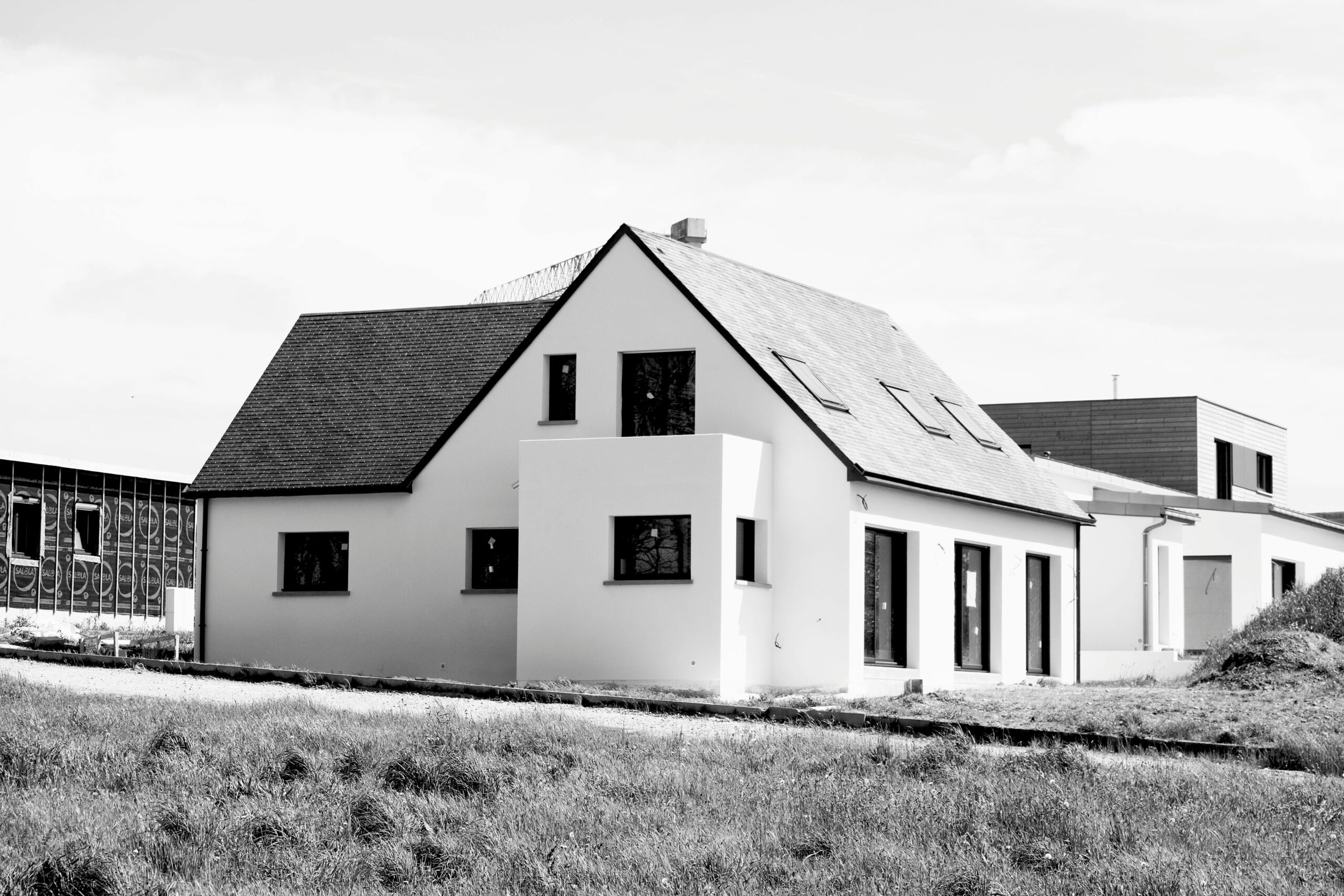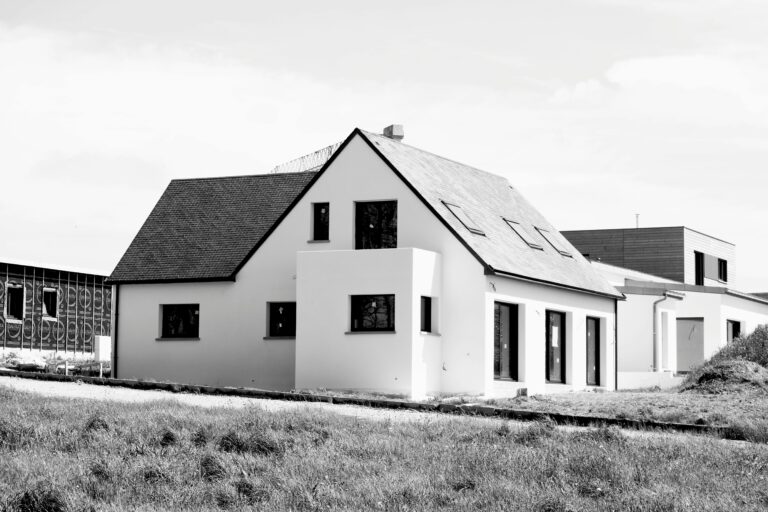
The dream of homeownership has long been a cornerstone of the American ideal. However, for today’s first-time homebuyers, that dream is becoming increasingly difficult to achieve. Affordability challenges—driven by a combination of rising home prices, high mortgage rates, and stagnant wage growth—have created a crisis that is locking an entire generation out of the housing market. As the U.S. moves further into 2025, it is clear that without significant shifts in policy, construction, and financing models, the first-time buyer crisis will continue to deepen.
The State of the Market
Over the past few years, the U.S. housing market has been defined by rapid price growth and limited inventory. Following the pandemic-era real estate boom, home prices surged in almost every major market, leaving affordability at historic lows. According to Zillow, the average U.S. home value in early 2025 sits at around $361,000 — a figure that is daunting for many first-time buyers who lack significant savings or existing home equity.
Adding to the challenge, mortgage rates have remained stubbornly high. After hovering near historic lows during the pandemic, rates climbed sharply throughout 2023 and 2024 in response to inflation and Federal Reserve policy. As of early 2025, average 30-year fixed mortgage rates sit around 6.5%–7%, significantly increasing monthly housing costs compared to just a few years ago.
Why Affordability Has Worsened
Several key factors are converging to make homeownership less attainable:
1. Rising Home Prices
The inventory of affordable starter homes has shrunk dramatically. In fact, research shows that the number of U.S. cities where the average starter home costs over $1 million has nearly tripled in the past five years. Areas that were once affordable for middle-class families—especially in coastal states—have become prohibitively expensive for first-time buyers.
2. High Mortgage Rates
Even if buyers find a home within their budget, high interest rates are driving up monthly payments. A home that may have been affordable with a 3% interest rate becomes financially out of reach at 7%. This forces many potential buyers to either lower their budgets, compromise on location, or delay purchasing altogether.
3. Wage Growth Lagging Behind Housing Costs
While wages have grown since the pandemic, they have not kept pace with the rapid escalation of housing prices and borrowing costs. For many young Americans—particularly Millennials and Gen Z—the gap between income and home prices has widened to the point that saving for a down payment feels impossible.
4. Increased Costs Beyond the Purchase Price
Beyond the mortgage itself, buying a home comes with significant additional expenses: homeowners’ insurance, property taxes, maintenance, and—especially in new developments—Homeowners Association (HOA) fees. All of these costs have risen sharply in recent years, further straining budgets.
The Demographic Impact
First-time buyers have historically made up about 40% of the market. Today, they represent just 24%—a record low. The typical first-time buyer is now 38 years old, the oldest median age on record, reflecting how much longer people are waiting (or being forced to wait) to purchase their first home.
This delay has serious long-term consequences. Homeownership is one of the primary ways Americans build wealth. Missing out on home equity growth for years—or decades—can deepen wealth inequality across generations. It also creates social ripple effects, as people delay starting families or moving to communities where they can put down roots.
Regional Disparities
Not all areas of the U.S. are equally affected. Cities in California, New York, and parts of Washington State have seen the most extreme affordability challenges. In contrast, parts of the Midwest and South—such as Toledo, Ohio; Indianapolis, Indiana; and parts of Texas—still offer relatively affordable options. However, even these markets are starting to feel pressure as remote workers and investors pour in, driving up local prices.
Creative Solutions Emerging
Despite the challenges, new solutions and strategies are beginning to emerge to help first-time buyers:
1. Alternative Financing Models
Shared equity programs, rent-to-own models, and down payment assistance programs are gaining traction. Some fintech companies now offer co-investment models, where they help buyers with a down payment in exchange for a share of future appreciation.
2. Smaller Homes and Innovative Builds
Builders are shifting focus toward smaller, more affordable homes and embracing new technologies like 3D-printed houses to reduce construction costs. Manufactured homes and modular housing communities are also being explored as scalable solutions.
3. Government Intervention
Several state and local governments are introducing legislation aimed at easing affordability, including zoning reforms to allow multi-family units in traditionally single-family neighborhoods, tax credits for first-time buyers, and grants for down payment assistance.
4. Employer Assistance Programs
Some employers, recognizing the importance of stable housing to employee satisfaction and retention, have started offering home-buying assistance as part of their benefits packages.
The Psychological Toll
It’s important to recognize that beyond financial barriers, there’s a growing emotional burden associated with the first-time homebuyer crisis. Many younger buyers feel discouraged and disillusioned. Constantly shifting market conditions, bidding wars, and repeated rejection can take a serious toll on mental health. In some cases, potential buyers give up altogether, resigning themselves to renting indefinitely.
The emotional weight of being priced out of homeownership—especially when it is seen as a rite of passage or a benchmark of adulthood—cannot be underestimated.

Looking Forward
The affordability challenges facing first-time buyers are complex and multifaceted. No single solution will reverse the trends overnight. However, a combination of market adjustments, creative innovation, and thoughtful policy changes can gradually open the door again to homeownership for millions of Americans.
Policymakers, developers, lenders, and communities must work together to ensure that the American Dream of homeownership doesn’t become a relic of the past. Affordable housing isn’t just an economic issue—it’s a societal one. In solving it, we help secure the future stability, prosperity, and wellbeing of generations to come.





